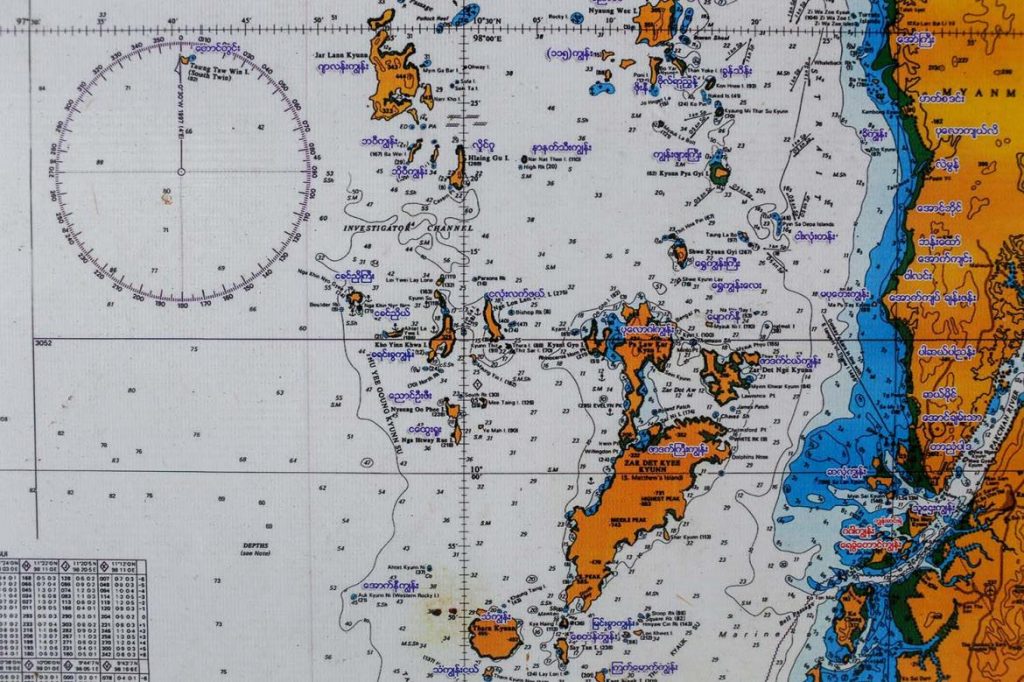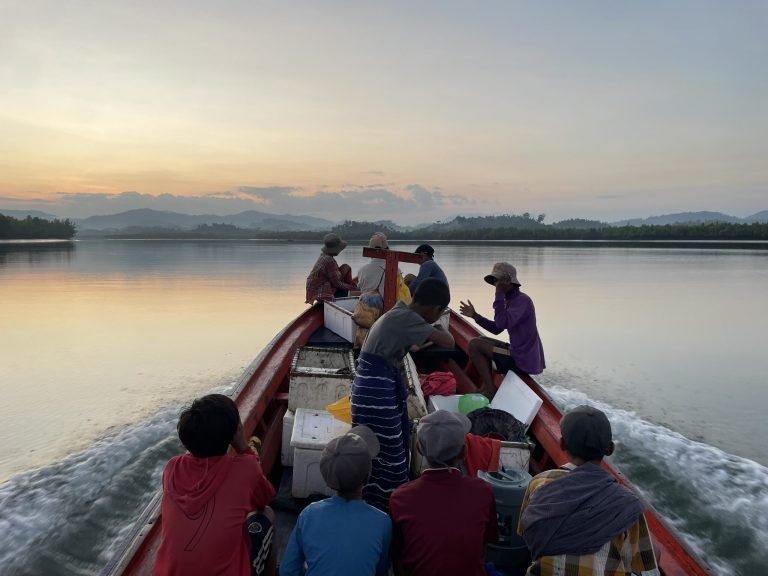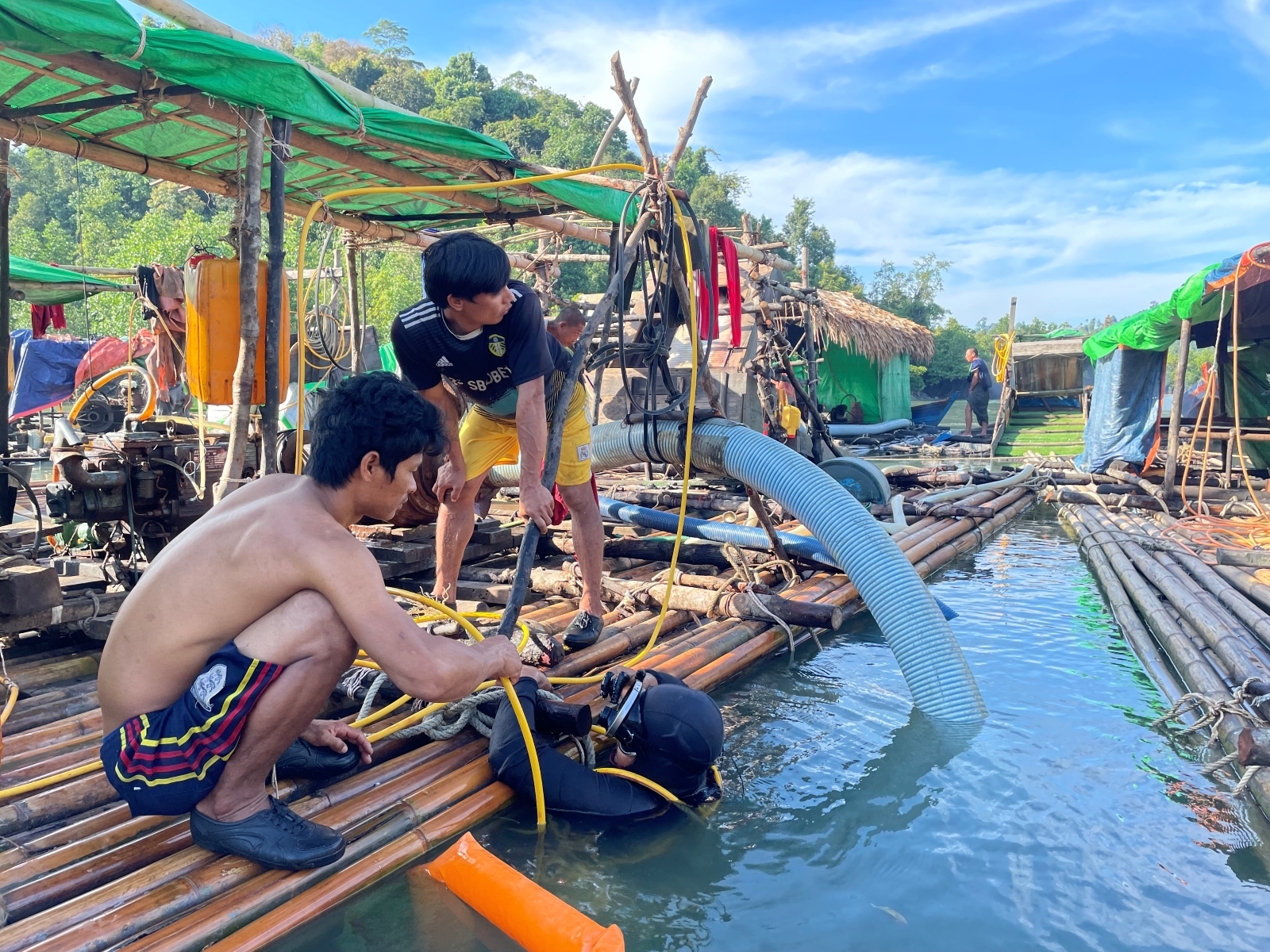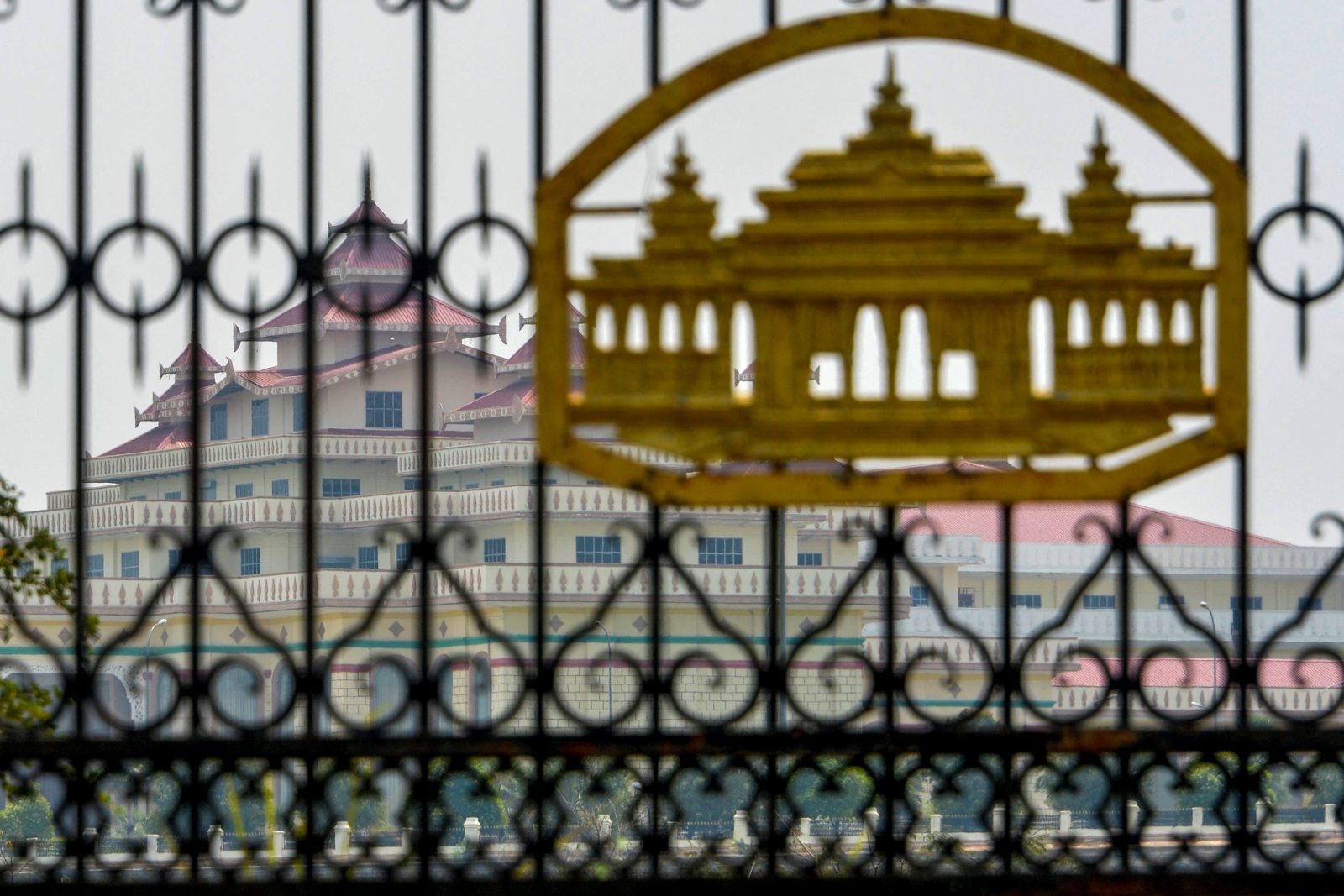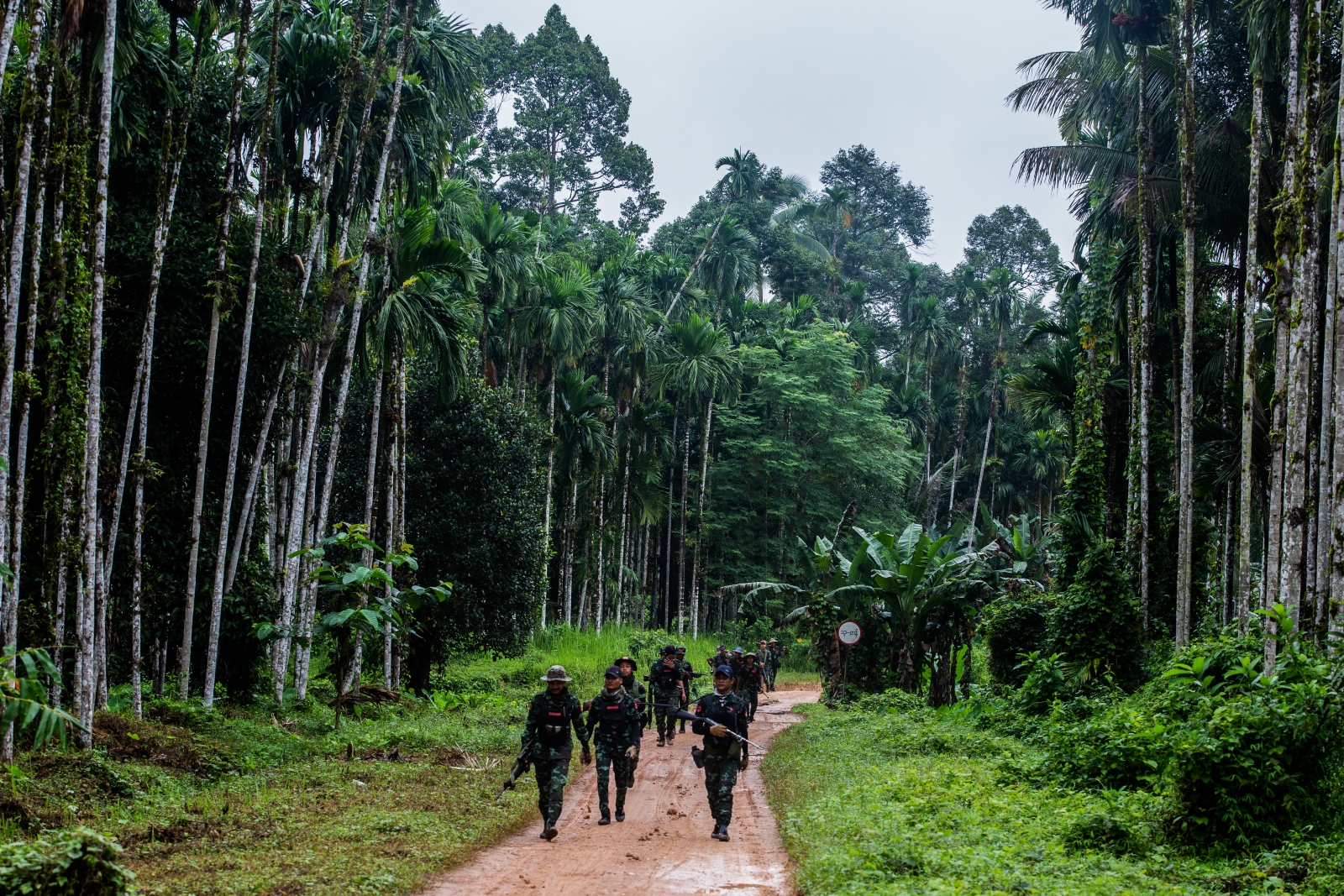A comprehensive plan is urgently needed to encourage and guide tourism development in one of the world’s most beautiful archipelagos.
By SITHU AUNG MYINT | FRONTIER
Since October 1, Myanmar and foreign travellers have been permitted to visit pearl farms in the vast and spectacularly beautiful Myeik Archipelago, in the Indian Ocean off southern Tanintharyi Region. The opening of a key industry in of the world’s most beautiful archipelagos was made possible by cooperation between the Ministry of Hotels and Tourism and the Ministry of Natural Resources and Environmental Conservation.
Previously, tourists had mostly been restricted to visiting about 10 of the archipelago’s scores of islands, using Myeik as a base. Despite the undoubted attractions of one of the world’s most scenic destinations, the archipelago attracted just 25,000 Myanmar and 6,400 foreign travellers in 2017. Will the decision to allow visits to pearl farms help to attract more visitors to the region and what more needs to be done to develop its undoubted tourism potential?
Domestic and foreign interest is growing in tourism-related investment in the archipelago, but neither the Union nor Tanintharyi regional governments seem to have a clear plan to develop the region as a destination.
Careful, coordinated planning would ensure that suitable locations were selected for development as resorts, transport and communications was upgraded and a marketing campaign conducted. Because of the failure of the Tanintharyi government to develop a comprehensive plan, impatient investors are building hotels and resorts virtually wherever they like.
Support more independent journalism like this. Sign up to be a Frontier member.
The authorities are planning to take legal action against developments undertaken without the government’s prior consent. One of them is reported to be a France-based company that has built a resort called Au Temps Des Cerises on Kyone Ka Nan beach on the western side of the Dawei peninsula, in Tanintharyi’s Launglon Township.
In a setback for the region’s nascent travel industry, a speedboat owned by the Htoo Htet Shein company hit a log and capsized while taking a small group of tourists to islands off Myeik, killing two Myanmar women. The tragedy generated a bad image for a region where a tourism industry has barely begun.
There has been other negative publicity. As Frontier reported recently, the authorities at Dawei have also tried to ban foreigners from renting motorbikes. In Thailand, Cambodia, Vietnam and the Indonesian resort island of Bali, there are no restrictions on foreigners renting motorbikes. In some places they can even hire self-drive cars.
In its biannual Myanmar Economic Monitor released on December 13, the World Bank forecast that the growth rate in the services sector, which includes hotels and travel companies, would fall from 8.3 percent in 2017-2018, to 7.6 percent in 2018-2019. It also forecast a decline in revenue from tourism, which comprises 2.7 percent of GDP, as tourists from Western countries shun Myanmar because of the Rakhine crisis. It is for these reasons that the government is trying to boost the tourism industry by amending outdated laws and regulations, said Pyithu Hluttaw MP Daw Pyone Kaythi Naing (Kalaw, NLD).
In a bid to attract more tourists from Asian countries, the government last year exempted or relaxed visa restrictions on visitors from Japan, South Korea, China, Hong Kong, Macau and India. The move prompted China Airlines to increase the number of flights to Myanmar and there is optimism in the tourism industry that the number of Chinese visitors could have reached 500,000 in 2018, up from nearly 300,000 in 2017.
Myanmar is expected to attract a total of about 2.9 million tourists in 2018, down from 3.44 million in 2017 (of which more than 2 million entered at border crossings). In comparison, Cambodia and the Philippines attract more than 5 million tourists a year, Vietnam about 15 million, and neighbouring Thailand more than 35 million.
Permitting Myanmar and foreigners to visit pearl farms in the Myeik archipelago is a good idea but is nowhere near enough to develop the region as a tourist destination. The Tanintharyi regional government needs to seize the initiative and develop a comprehensive tourism industry development plan. The plan should encourage sustainable, environment-friendly projects. It needs to identify islands suitable for development and stipulate the sites where resorts and hotels may be built.
It also needs to specify which type of boats and vehicles will be licensed to transport tourists and promote locations for community-based tourism. Security must be guaranteed. Once the plan is finalised, investment should be invited. Competent management will be essential. Part of the profits should be used to raise living standards for locals, who should also be given job opportunities.
The marketing should be conducted in Yangon by government officials, who will also need to visit neighbouring countries to promote the archipelago’s attractions.


